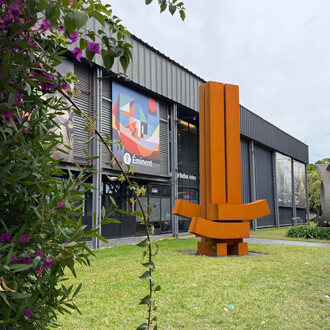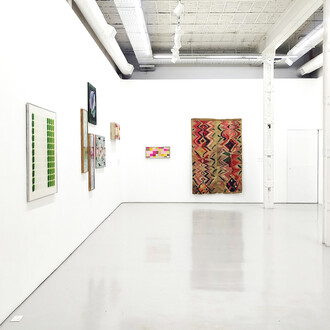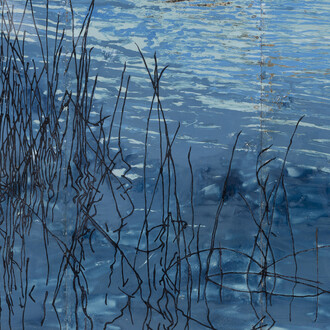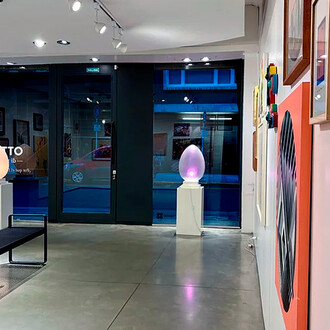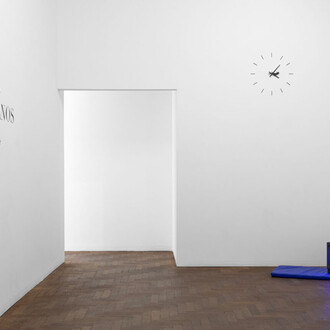The group El Periférico de Objetos (1990-2009) revolutionized the Buenos Aires experimental theatre scene over the course of two decades, working under the direction of Ana Alvarado, Emilio García Wehbi and Daniel Veronese, with the participation of Román Lamas. Though they initially began to work together at the Grupo de Titiriteros [Puppeteers’ Group] of the Teatro San Martín, they began to imagine new possibilities for the traditional puppet show. In the wake of the impact made by artists such as Tadeusz Kantor, Pina Bausch and Dominique Houdart, the group staged their first show, Ubú rey [Ubu the king], at the Parakultural in 1990, marking the beginning of a radical theatrical treatise about the body, objects and memory.
El Periférico invented the concept of the theatre of objects in Argentina, an art form in which inanimate objects are used as characters to tell stories. It established an unprecedented link between theatre and the visual arts with the use of ‘ready-made puppets’, anthropomorphic and zoomorphic hyper-realistic dolls with sculptural features, and influenced the development of ‘installations’ in the country.
In the absence of a politically-oriented programme and turning its back on the somewhat dogmatic legacy of independent theatre, El Periférico opened new avenues for questioning Argentina’s recent history, state terror and the neoliberal politics of the 1990s. These elements elicited a fervent response from the public and the press, which ultimately led to the group performing in the world’s most prestigious theatres.
This exhibition has benefited greatly from the collaboration of the members of the group in the research, digitalisation of highly important historic documents, the restoration of objects and reconstruction of iconic pieces.
The proposed circuit through the exhibition reflects the evolution of the language the Periferícos explored over the years: from the puppet theatre of their early shows to their complete takeover of the stage in Máquina Hamlet [Hamletmachine], from the monumentality of Monteverdi método bélico [Monteverdi warfare method] to the condensed poetry of Manifiesto de niños [Children’s manifesto]. The exhibition brings these objects to life once again, and, as if they were miniature time machines, transports the disruptive legacy of this group that transformed Argentina’s cultural and theatrical scene into the present.





![Various artists, Tramoya [Stagecraft], exhibition view. Courtesy of Museo de Arte Moderno de Buenos Aires](http://media.meer.com/attachments/7b634d843c1effc76d8d97ac251e63a3ca21b283/store/fill/330/330/4e1ca5a8881d5780a8ebcddde81382609430ae6a59e4505a831583cc0ea1/Various-artists-Tramoya-Stagecraft-exhibition-view-Courtesy-of-Museo-de-Arte-Moderno-de-Buenos.jpg)



